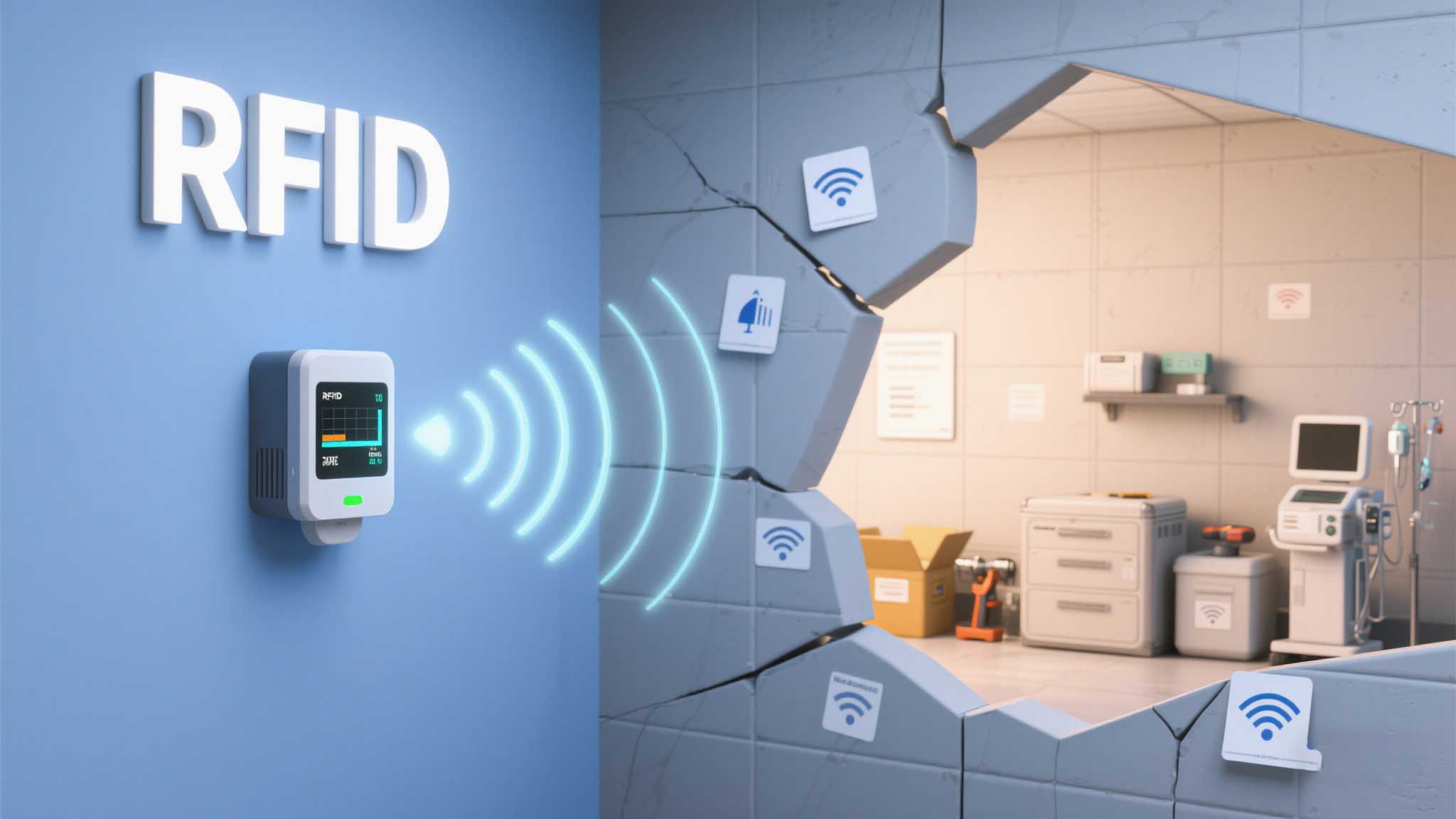Handheld RFID Scanners vs. Barcode Scanners: Key Differences Explained
397Discover the key differences between handheld RFID and barcode scanners—speed, accuracy, durability, and which suits your workflow.
MoreAll RFID Product
The idea of RFID readers scanning items through walls sounds like sci-fi, but real-world performance depends on materials, frequency, and reader power. While RFID signals can penetrate certain barriers, they’re not magic—understanding the limitations is key to optimizing your setup. Let’s break down the science and separate fact from fiction.

RFID waves (UHF 860–960 MHz) pass through non-conductive materials like:
However, conductive materials like metal or concrete reinforced with rebar block signals entirely. Liquids (e.g., water tanks) also absorb UHF waves, reducing range by 50–70%.
Yes, but with caveats:
Cykeo’s industrial UHF readers feature adaptive signal algorithms that dynamically adjust to material interference, ensuring reliable reads through common barriers like drywall or wooden doors. Their systems are tested in multi-story warehouses and healthcare facilities, achieving 95%+ accuracy even with obstructions.
Discover the key differences between handheld RFID and barcode scanners—speed, accuracy, durability, and which suits your workflow.
MoreStruggling with Bluetooth RFID reader connectivity? Learn how to fix pairing problems, interference, and firmware issues with our expert troubleshooting guide.
MoreThe customer raised the problems and requirements for RFID Gate Reader products. We listen to the customer's answers about the environment in which the product is used. Give each other all opinions to each other about the project si...
MoreDiscover the most durable handheld RFID readers for construction sites. Learn about rugged design, weather resistance, and Cykeo’s solutions for harsh environments.
More